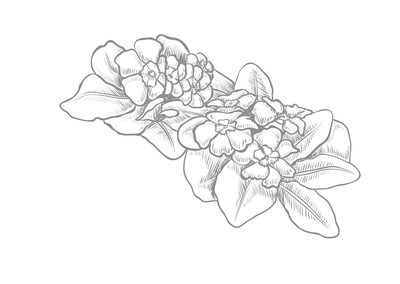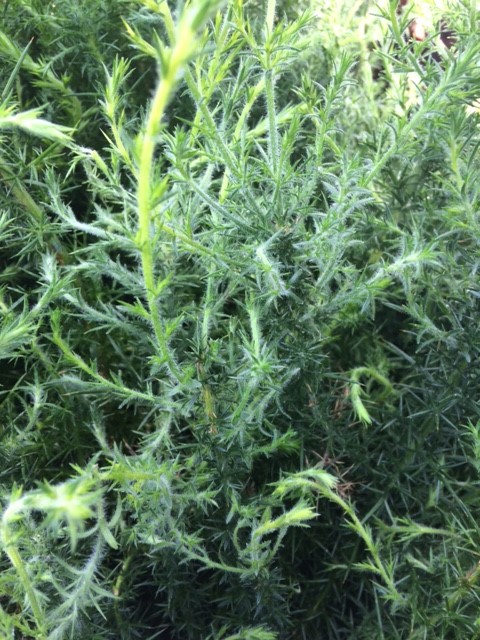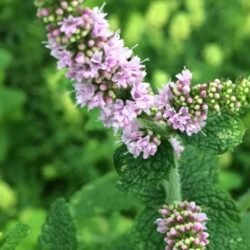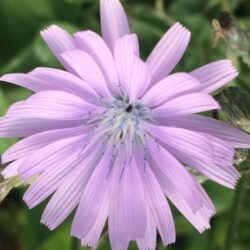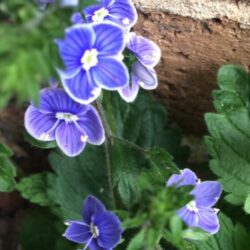Description
Common Gorse grows to 2–3 metres (7–10 ft) tall, it is an evergreen shrub, yellow flowers are produced throughout the year but mostly in early spring and will make a Yellow natural dye. Species of Gorse can grow well in a variety of soil conditions including poor soil or acid soils including sandy soil of coastal areas, heathlands, wetlands, and woodland areas.
Providing shelter and food in seed pods for many insects, a great plant for wildlife. Ulex europaeus also seeds freely and can become an invasive plant near disturbed ground as a dominant species. Part of the legume family, similar to peas and is a favourable hedge plant. Europaeus Gorse is a native plant to Europe and can be found right across the landscape from coastal habitats to towns and urban areas.


